Bittrex’s bankruptcy filings are riddled with tens of thousands of contradictory, suspicious, and improbable transactions, potentially impacting the nearly 2 million customers who held funds on the crypto exchange before it collapsed in 2023.
“Certain patterns in the filed documents immediately raised serious red flags,” Pasha Onur, a regulatory compliance researcher who analysed the documents, told DL News.
“Our analysis of court documents and Bittrex hot and cold wallets reveals over $500 million in fabricated transactions filed with the bankruptcy court across multiple dockets.”
DL News reviewed Onur’s analysis and found tens of thousands of tiny, economically impractical transactions, over 10,000 clustered, repetitive withdrawals for the same specific amounts of crypto, and hundreds of transactions on a blockchain network that shut down years before the transactions were supposedly conducted.
Founded in Seattle in 2014, Bittrex gained traction by using cold storage for user funds and offering trading for a wide range of cryptocurrencies.
The exchange, which had a history of regulatory malfeasance, filed for bankruptcy in May 2023, weeks after the US Securities and Exchange Commission accused it of operating an unregistered securities exchange. It shut down in December of the same year.
Bittrex Global and its bankruptcy agent Omni Agent Solutions did not respond to requests for comment.
Significant impact
If large swaths of transactions submitted in Bittrex’s bankruptcy filings are inaccurate, it could significantly impact creditors attempting to claw back funds from the defunct exchange.
Bittrex had approximately 1.6 million users when it filed for bankruptcy. However, just under 36,000 users — less than 3% — filed claims.
“If withdrawal transactions are fabricated, customer account balances are wrong, meaning creditor claim amounts are incorrect,” Onur said.
The list of the top 20 creditors, which is used for conflict-of-interest checks and distribution priority, is also calculated from this corrupted data, Onur said.
Bankruptcy claims for Bittrex Global closed in April this year. It has yet to pay creditors.
At the time of the exchange’s bankruptcy filing, the US Treasury’s Office of Foreign Asset Control, or OFAC, was its biggest creditor due to a $24 million unpaid settlement following sanctions violations in 2022.
OFAC did not respond to a request for comment.
‘Economically impractical’
The financial statements analysed by Onur covered the 90-day period before Bittrex filed for bankruptcy, and were submitted to the court in June 2023.
During this period, the exchange enforced a minimum withdrawal of $35 with a $25 fee for cash withdrawals, and triple the blockchain network’s fees, typically between $5 and $20, for crypto withdrawals.
Despite this, thousands of transactions from that period were for small amounts of crypto, with a US dollar value that equated to a tiny fraction of the fees charged to process the withdrawals.
“How can there be over 21,500 transactions handled below the platform’s minimum, especially when, economically, it’s impractical?” Onur said.
The vast majority of these transactions all took place on the same day each month, further adding to the irregular circumstances.
What’s more, over 10,000 transactions, supposedly from the exchange’s customers, were for withdrawals of the same very specific fractional amount of Bitcoin from the exchange on the same day.
Fractional amounts of Bitcoin are recorded to eight decimal places. It’s highly improbable that thousands of individual customers would all decide to withdraw the exact same amounts on the same days.
Transaction logs in the bankruptcy filings also show over 200 transactions for an asset listed as LMC. DL News identified only one crypto asset using this name: LoMoCoin. The LoMoCoin blockchain stopped processing transactions in 2021, two years before the transactions reportedly took place.
Poor compliance
During its nine years operating, there were several instances where Bittrex fell foul of regulators due to poor record-keeping and compliance practices.
In 2019, the New York State Department of Financial Services denied Bittrex’s application to engage in virtual currency business and money transmission activity in the state.
The regulator cited deficiencies in Bittrex’s anti-money laundering and OFAC compliance programmes as one reason behind the decision. It also noted several examples of Bittrex customers using false names on the platform, such as “Elvis Presley,” “Donald Duck,” and “Give me my money.”
In 2022, Bittrex was hit with $53 million in fines for sanctions violations and for processing $263 million in illegal transactions between 2014 and 2017.
A year later, Bittrex settled with the SEC, agreeing to pay $24 million to resolve charges that it operated an unregistered securities exchange, broker, and clearing agency.
The exchange admitted no wrongdoing.
Tim Craig is DL News’ Edinburgh-based DeFi correspondent. Reach out to him with tips at tim@dlnews.com.
.png)












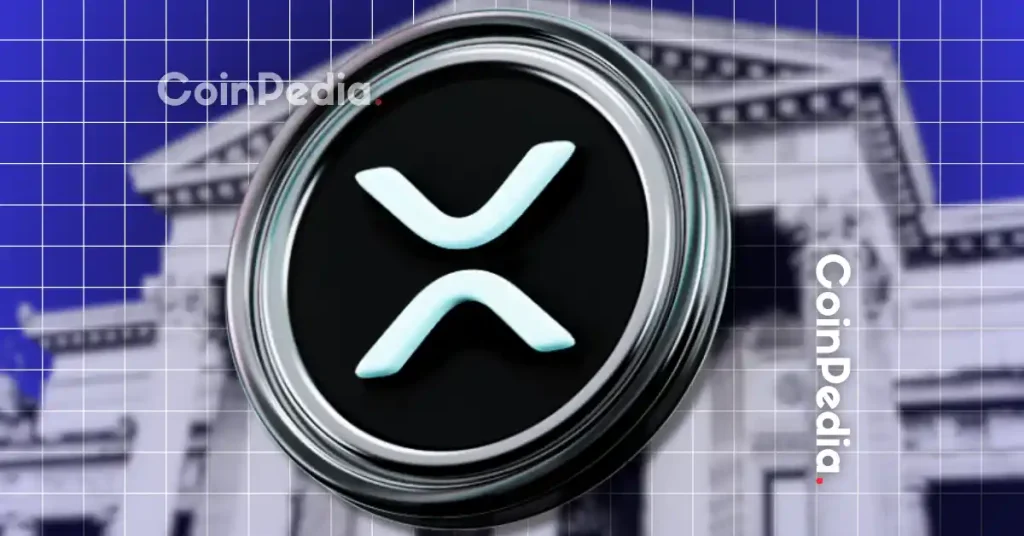

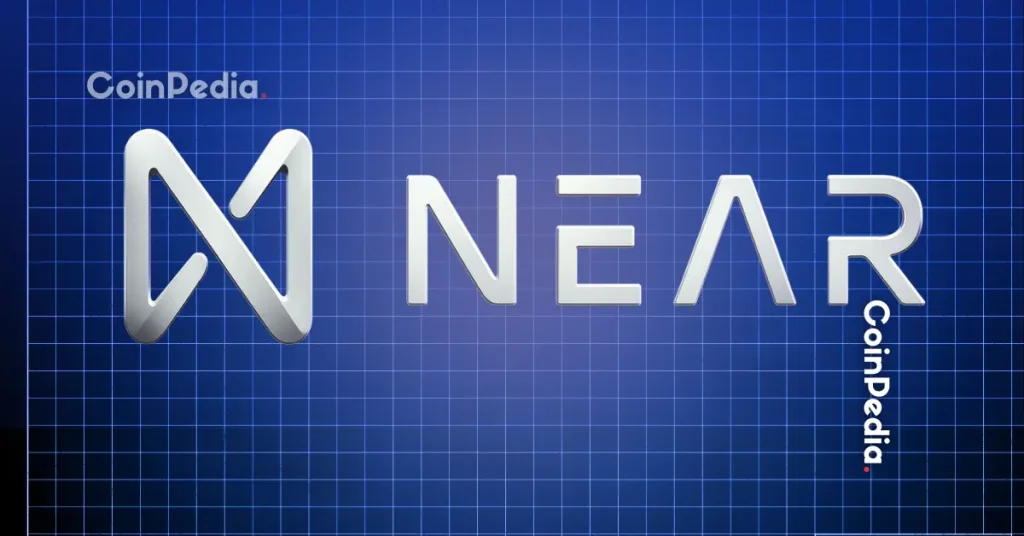
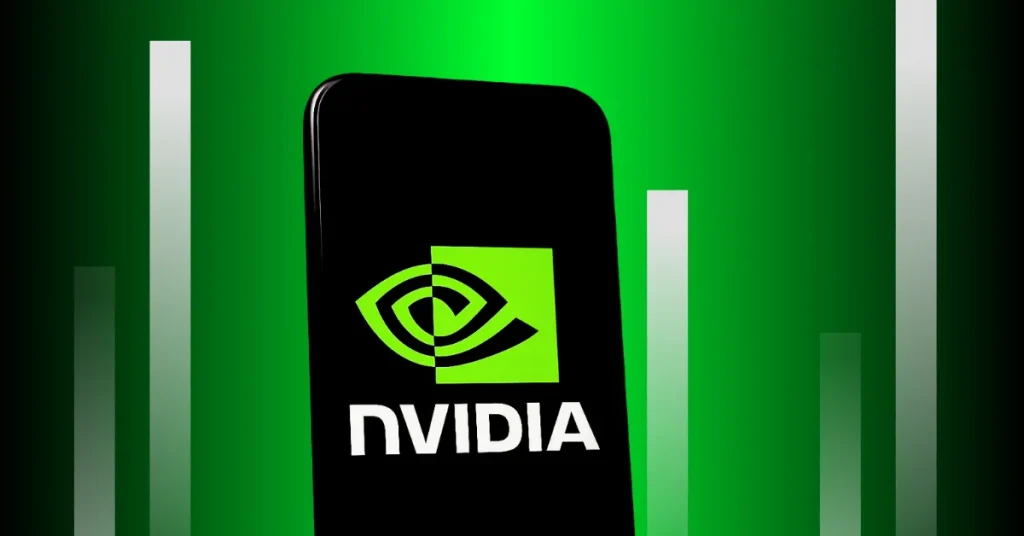





 24h Most Popular
24h Most Popular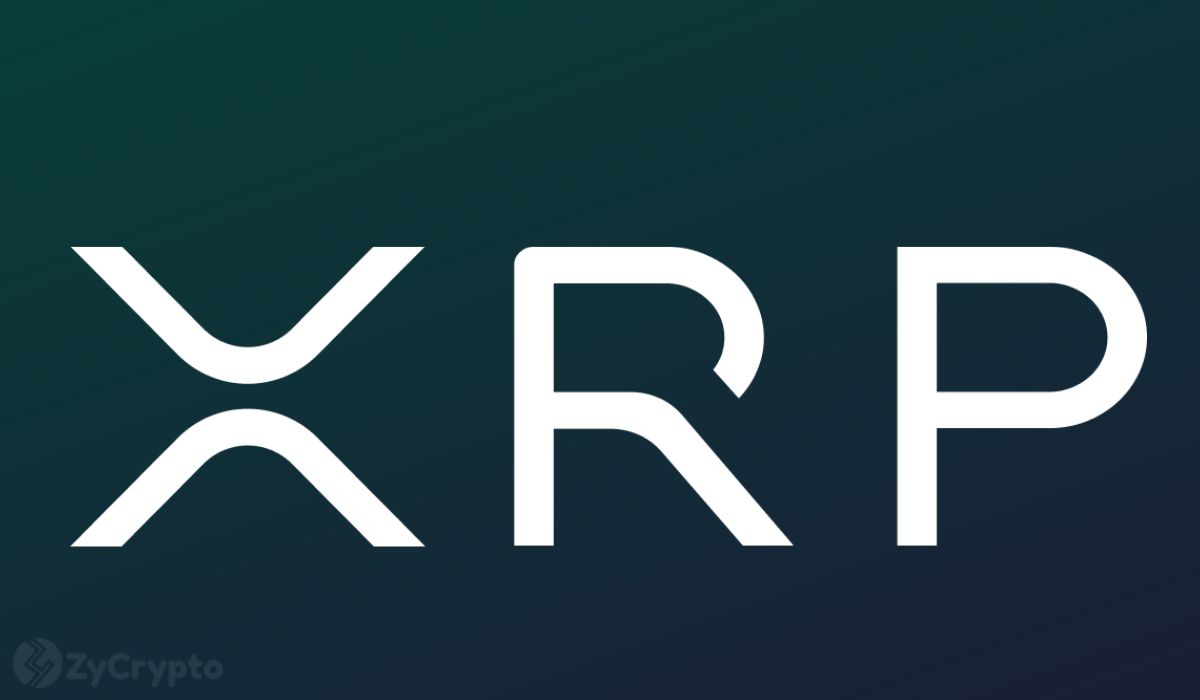

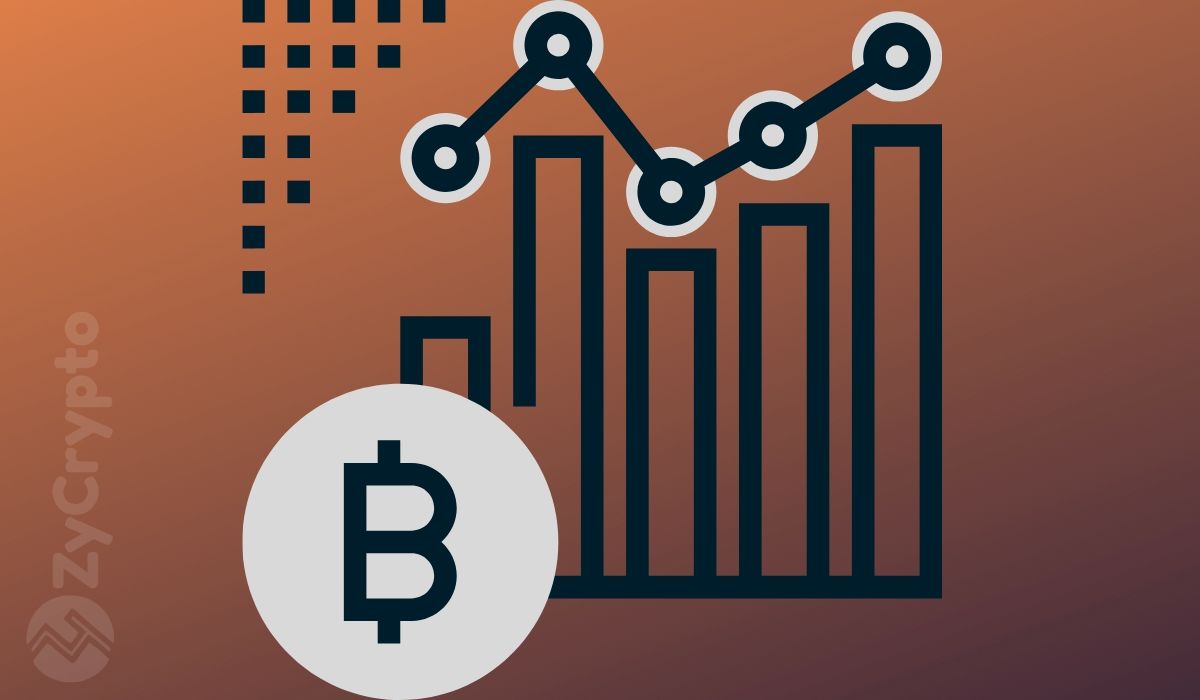
 Utilities
Utilities